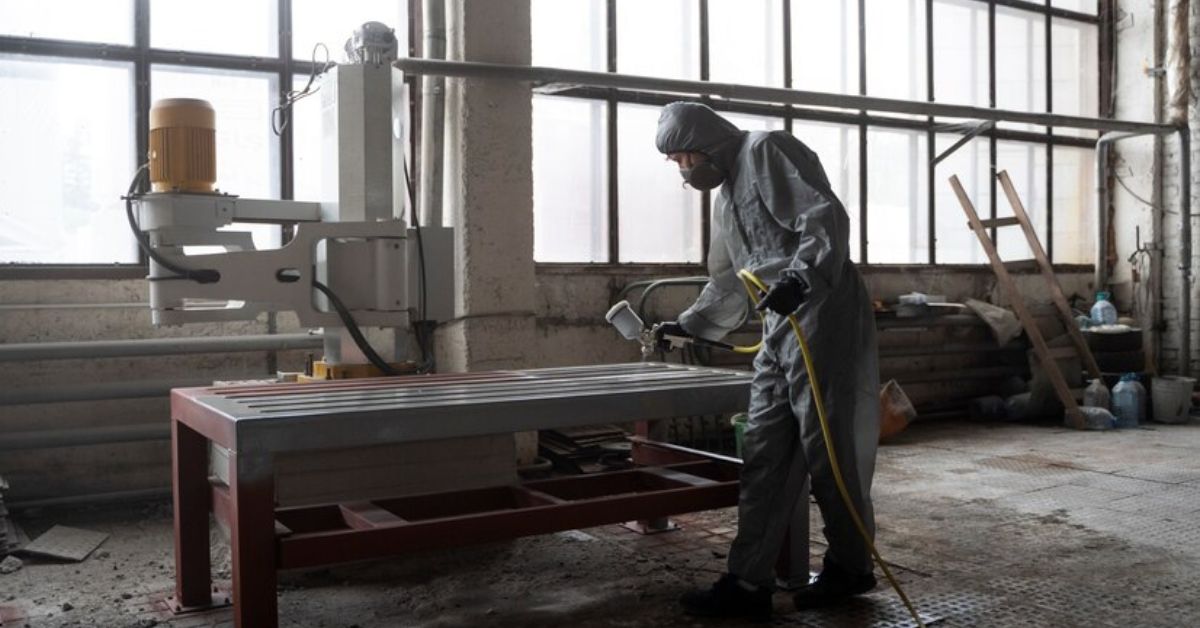In architecture and engineering, creating functional and visually appealing designs is a top priority. Custom steel bending has become an important technique, enhancing aesthetics and providing structural benefits in modern construction. This blog post discusses the significance of custom steel bending services and their transformative impact on projects.
Why Custom Steel Bending Matters
Steel bending is an essential technique for architects and engineers who are striving to create innovative designs. It allows for the creation of fluid, curved structures that were once thought to be impossible with traditional straight lines. This flexibility is crucial in designing modern buildings and structures that demand both strength and elegance. The ability to bend steel into various shapes can lead to more creative architectural expressions, which stand out in urban landscapes and inspire awe.
Additionally, custom steel bending services help in optimizing space and enhancing the functionality of structures. For instance, curved steel beams can lead to more open interior spaces without the need for intrusive support columns. This flexibility not only aids in design but also contributes to cost-saving measures in materials and labor. Architects and engineers benefit from being able to push the boundaries of their designs, achieving results that are as practical as they are striking.
The environmental implications of custom steel bending cannot be understated. By reducing waste and making efficient use of resources, custom steel bending aligns with sustainable building practices. This makes it a popular choice among architects and engineers who are committed to eco-friendly construction.
Techniques and Applications of Steel Bending
Custom steel bending involves several techniques, each suitable for different applications and materials. Understanding these methods can help architects and engineers choose the most appropriate one for their projects.
One common technique is press braking, where a piece of steel is bent along a straight axis. This method is typically used for creating simple bends in sheet metal and is ideal for projects requiring precision and uniformity. It is widely used in the manufacturing of metal panels and components for buildings and machinery.
Roll bending is another popular technique that involves passing the steel through a series of rollers to achieve the desired curve. This method is especially advantageous for creating large, sweeping curves and circular shapes, such as those found in tunnels, bridges, and curved facades. Roll bending offers great flexibility, allowing for intricate designs that can adapt to the unique needs of each project.
For more complex shapes, rotary draw bending is often employed. This technique provides high accuracy and is suitable for projects that require tight bends, such as handrails, piping systems, and structural elements in transportation infrastructure. The precision of rotary draw bending ensures that even the most demanding specifications can be met without compromising on quality.
Choosing the Right Steel Bending Service Provider
Selecting the right service provider is a critical step in ensuring the success of your custom steel bending project. Here are several factors to consider when making this important decision.
First, assess the experience and expertise of potential providers. Look for companies that have a proven track record in handling projects similar to yours. A seasoned provider will be better equipped to understand your specific needs and offer valuable insights that can enhance your project.
The range of services offered is another key consideration. A comprehensive service provider should offer various bending techniques, including induction bending services, materials, and finishes to cater to diverse project requirements. This flexibility ensures that you have access to the right solutions, regardless of the complexity of your design..
Finally, consider the provider’s commitment to quality and sustainability. Look for certifications and industry standards that reflect their dedication to delivering high-quality results. Additionally, providers that prioritize environmentally friendly practices can help you achieve your sustainability goals.
Future Trends in Steel Bending Technology
The future of custom steel bending holds exciting possibilities, with technological advancements poised to revolutionize the industry. Innovations such as 3D bending technology are expected to offer even greater precision and versatility, enabling more complex and intricate designs than ever before.
Meanwhile, the integration of automation and robotics into steel bending processes promises to enhance efficiency and reduce production times. This shift will allow architects and engineers to bring their designs to life more quickly and with greater accuracy.
Another emerging trend is the focus on sustainability and eco-friendliness in steel bending practices. The use of recycled materials and energy-efficient processes is becoming increasingly important as the industry strives to reduce its environmental impact and meet the demands of environmentally conscious clients.
Conclusion
Now that we understand the significance of custom steel bending services, it is clear that they are key to creating impressive and functional structures. By offering flexibility, optimizing space, and promoting sustainability, steel bending plays a crucial role in modern construction. As technology continues to advance, we can expect even greater possibilities for custom steel bending in the future.










